Several years ago, on a hot June day, my wife and I were hiking in the mountains well above treeline. Our path took us over exposed rock ledges, talus fields, and high south-facing meadows. We were without protection from the sun for most of the day and finally ran out of water; I was on the verge of heatstroke. All ended well, but I realized the benefits of a trekking umbrella, something I had seen quite a few times in the mountains but had ignored as serious equipment with practical applications, including for my boat voyages.I did some research and found EuroSchirm, a German manufacturer that makes a wide array of umbrellas, including many specifically for trekking. They are thoughtfully designed, light, and made of tough composite parts. I purchased a Swing Liteflex, a 7.4-oz medium-sized non-telescoping umbrella that is 25″ tall and 39″ across. This one I originally intended for hiking, but it has seen use on my boats as well. I also purchased the extendable Swing Handsfree, which is 30″ tall in the retracted position, 43″ tall when extended, and 45″ across. This umbrella comes with two clasps that attach to the shoulder harness of a backpack so a hiker can, as the name suggests, walk hands free. While the attachment possibilities are intriguing, I was more attracted to the longer shaft as it would offer more options for lashing and positioning in my boat. The silver-colored, UV-reflective coat that would provide extra protection from bright sunlight was not easily available in the U.S. at the time I ordered the Handsfree, but it is now. The Swing Handsfree, with its 13" extension, was designed to clip into a backpacker's waist belt and shoulder strap. In a boat, the extra length provides more options for propping or lashing the umbrella in place.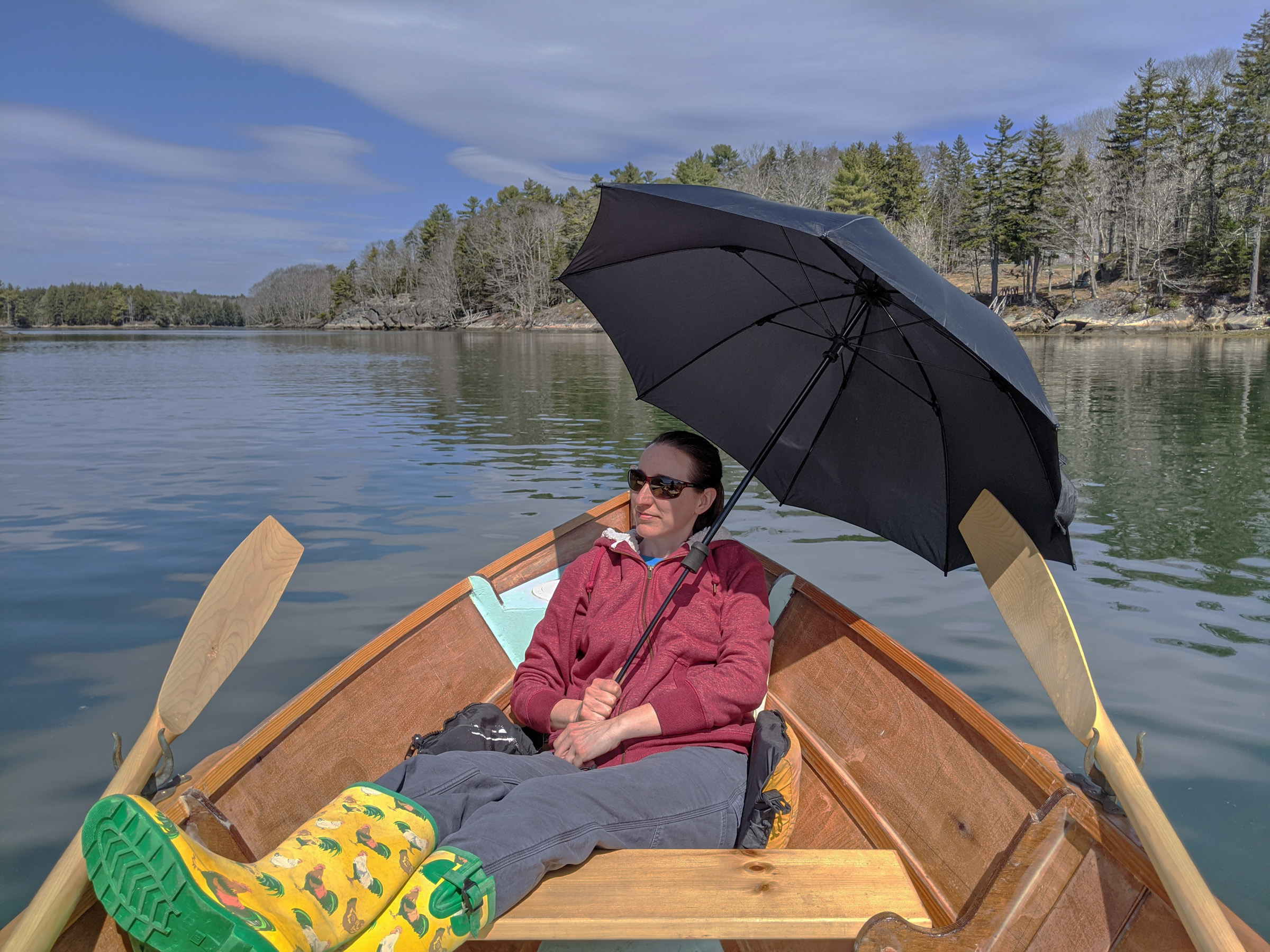 Photographs by the author
Photographs by the author
Stay On Course



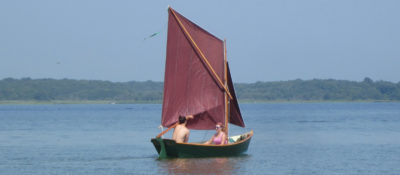
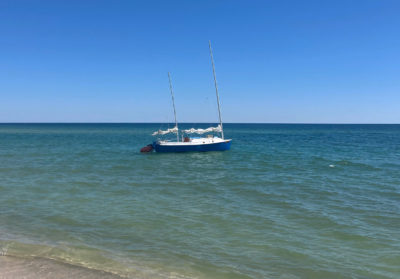
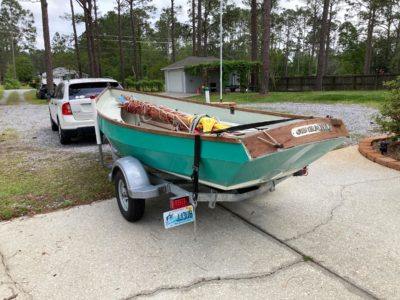
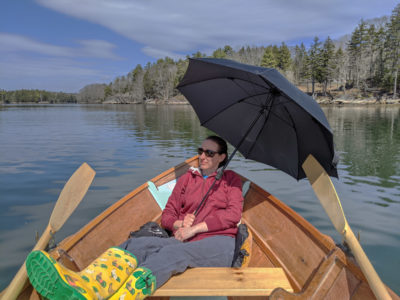
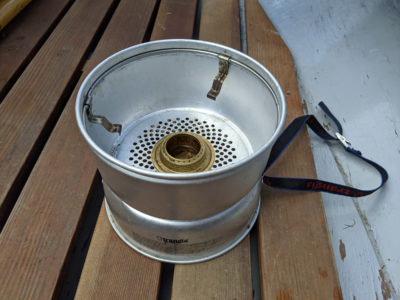
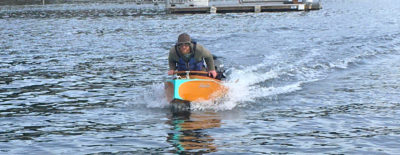
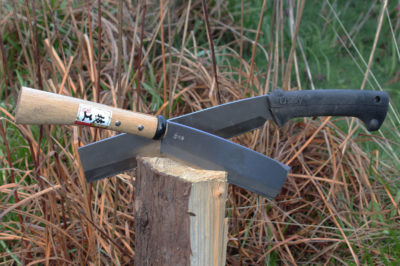
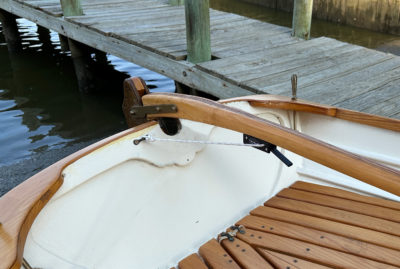

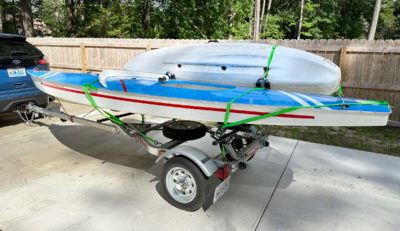
Join The Conversation
We welcome your comments about this article. To include a photo with your remarks, click Choose File below the Comment box.